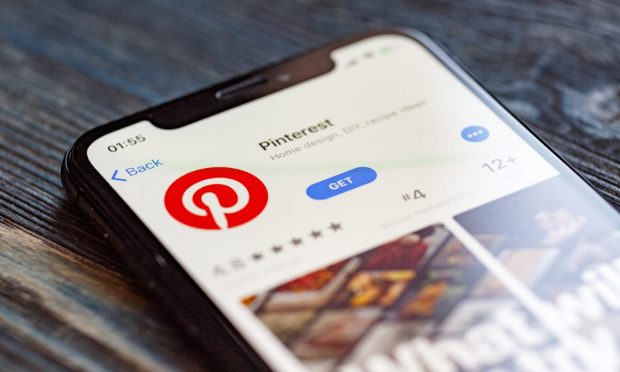Pinning Down the Future of Pinterest

What began as the dream of a frustrated Google employee who wanted to build something different in the blooming app-verse of 2010 became Pinterest, variously described as a “visual search engine,” a “visual bookmarking platform” and an “image-sharing” app.
Designed to inspire users with pictures of lifestyle, fashion, food and more, people “pin” (bookmark) appealing things to their personal “boards” (feeds) to revisit at their leisure.
Pinterest CEO Ben Silbermann left Google, and with partners Paul Sciarra and Evan Sharp, founded the site to ride the wave of social media mania gathering force at that time. It launched in March 2010 in closed beta, quickly garnering 10,000 users. Introducing its iPhone app in 2011, the user base swelled to nearly 12 million unique visitors in under a year.
Growing fast alongside competitors including Snapchat and Instagram, which are also more image- and video-based compared to the newsier experiences found on Facebook and Twitter, Pinterest soon introduced business accounts to give sellers a voice, although early on they often clicked over to eCommerce sites to make actual purchases of pinned merchandise.
The company went public in Q1 2019, and has since seen its stock rise and fall while generating solid growth. Pinterest’s key metric, monthly average users (MAUs), sustained momentum, growing to its current level of 454 million monthly active users worldwide in Q3 2021.
Read more: PayPal Said to Be Negotiating Pinterest Buy
Lockdown Highs and Post-Pandemic Pressure
Like all things online and app-based, Pinterest benefited from pandemic lockdowns.
The Wall Street Journal reported in July that Pinterest achieved “stellar revenue growth of 125% year over year in the second quarter. But Pinterest also said that as lockdowns have eased, fewer people are using its platform than expected. Global monthly active users grew more than six percentage points slower than Wall Street had anticipated, and U.S. monthly active users actually declined by 5% year on year.”
The platform’s monetization model is primarily ad-based. In 2018, Pinterest embedded purchasing into the platform with its Shop the Look feature, saying in a statement that “when you see something on Pinterest you’d like to own, you should be able to buy it, or something just like it, that matches your unique style. That’s our vision for shopping with Pinterest.”
“Product Pins” and recommendation features were enhanced with that upgrade as more merchants populate Pinterest, placing the platform deeper into the eCommerce flow it creates.
In June, Pinterest expanded in-app shopping to Australia, Canada, France and Germany, “offering Pinterest users the opportunity to shop right from Pins, on boards, from search and from the inspiration they find in the real world using Lens camera search. Pinners will also be able to get inspiration from Shopping spotlights, which showcase expert recommendations and trends from influential fashion and home tastemakers as well as publishers,” per a statement.
See also: PayPal’s Interest in Pinterest Adds Social Commerce to Super-App Vision
Deal or No Deal?
As to what’s next for Pinterest, much is to be determined. Microsoft reportedly angled to purchase the platform as recently as February 2021, Business Insider reported, but no deal.
Potential new suitor PayPal is eyeing the platform and its $40 billion valuation as part of its super-app strategy. PayPal President and CEO Dan Schulman recently told PYMNTS CEO Karen Webster that “no consumer is going to have 40 or 50 apps on their phone,” adding that “there must be super apps that come together to consolidate all of your financial instruments.”
Q3 earnings to be released on Oct. 27 will provide a better idea of how a steep drop in MAUs might impact the PayPal discussions.
The Wall Street Journal reported that “Pinterest said its engagement headwinds continued past the end of the [second] quarter, with U.S. monthly active users declining at a more rapid clip than analysts had been modeling for the quarter.”
The WSJ story added that “Pinterest’s results during the quarter show that its investments in driving monetization are paying off. Domestically, average revenue per user grew 103% in the quarter — more than double the growth shown in the first quarter,” exceeding expectations.
Pinterest’s integration with Shopify was expanded earlier this year to 27 countries, allowing “Shopify merchants, as well as any retailer with a Pinterest business account, are now able to add up to 20 product feeds to their account, each indicating specific local data such as a currency, language or product availability,” the company said.
We’ll put a pin in this for now, as markets await a “deal or no deal” decision regarding PayPal.
See also: Pinterest Expands Shopping List Tool to More Countries